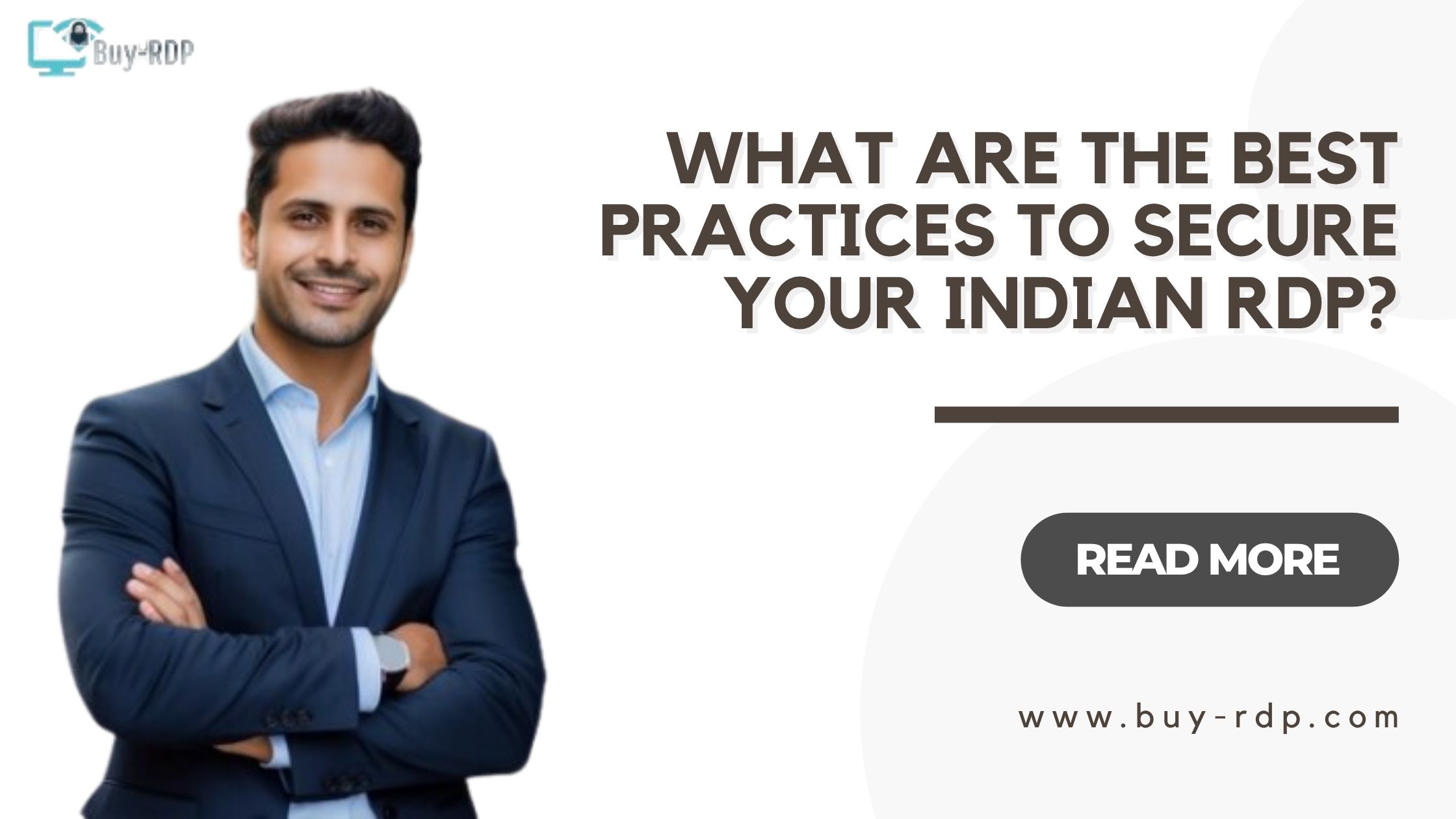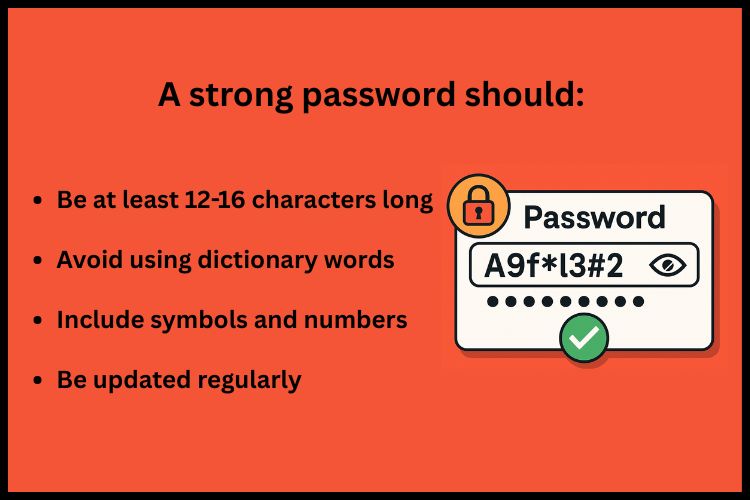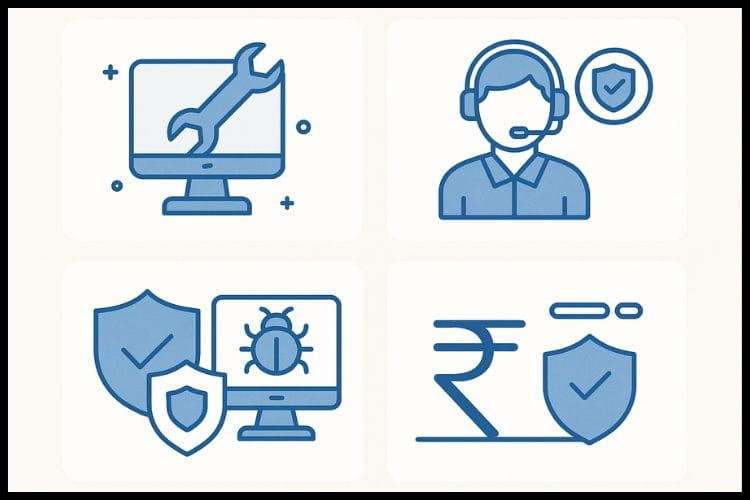 June 26, 2025
June 26, 2025
What Are the Best Practices to Secure Your Indian RDP?
Summary

Article Name
What Are the Best Practices to Secure Your Indian RDP?
Description
In this comprehensive guide, we’ll guide you through the essential steps to secure your Indian RDP effectively while maintaining optimal performance.
Author
Dikshita
Publisher Name
Buy RDP
Publisher Logo




Leave a comment